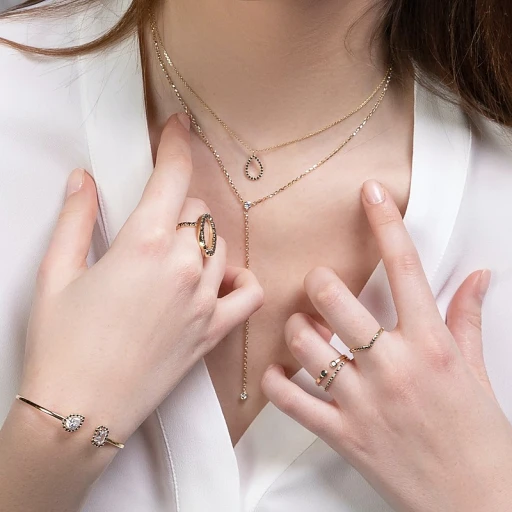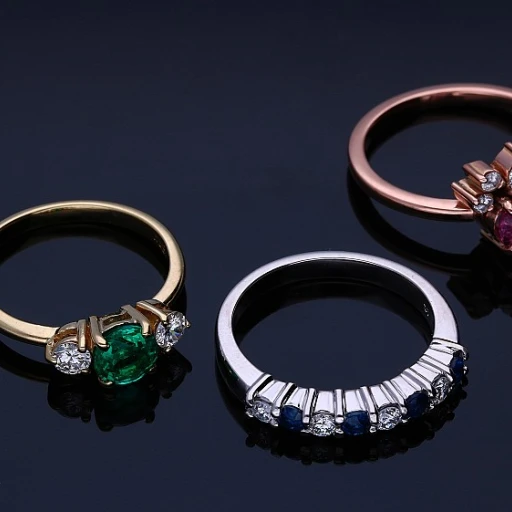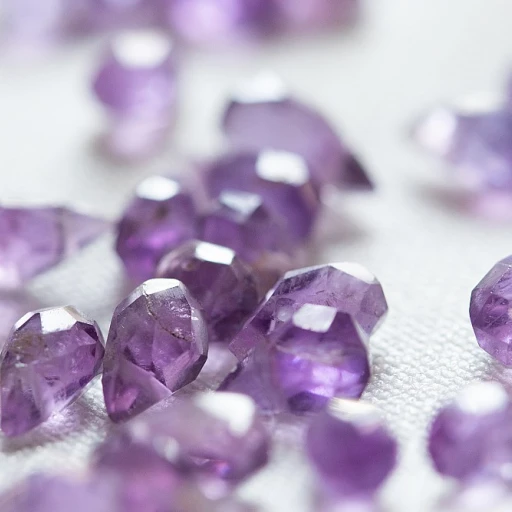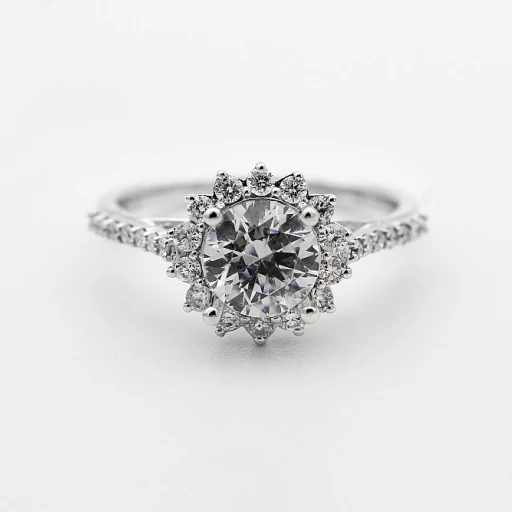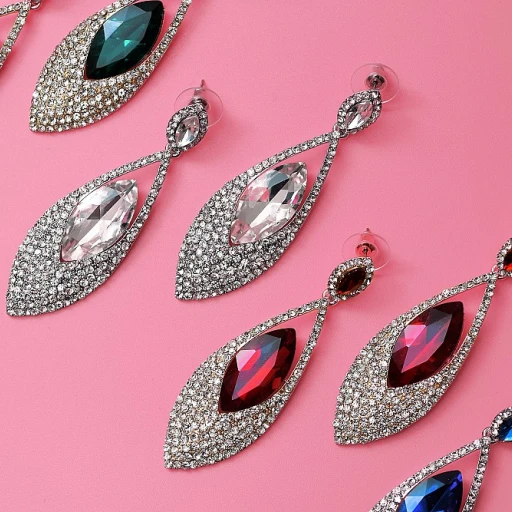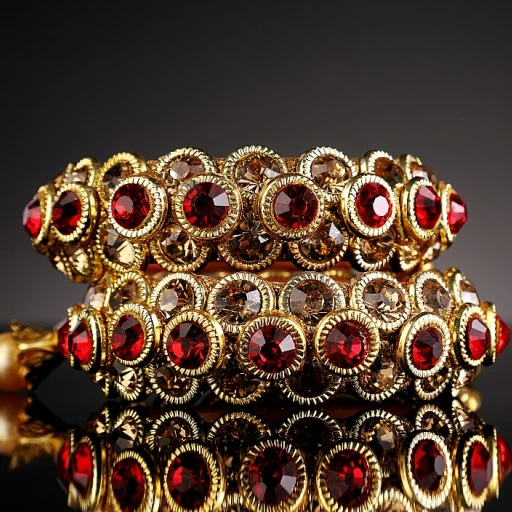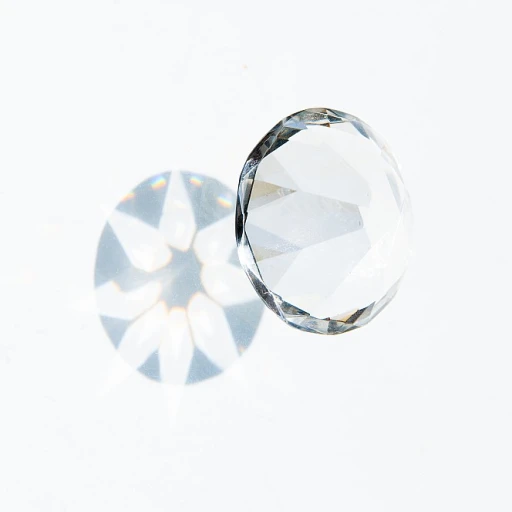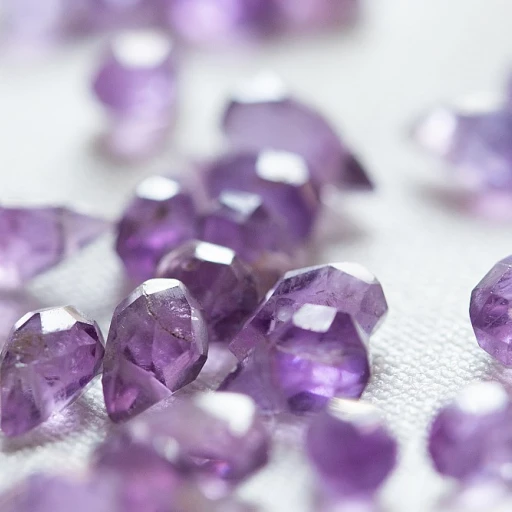
The Geological Birth of Emeralds
The Birth of a Captivating Gemstone
Emeralds, renowned for their vibrant green hue, are treasures born deep within the Earth's crust. This formation process occurs when beryllium, chromium, and vanadium meld during the metamorphism of rocks, resulting in the distinct green coloration that makes emeralds so admired in fine jewelry collections. Understanding the geological birth of emeralds not only enhances appreciation for their natural allure but also emphasizes their rarity and the significance of their provenance.
The unearthing of emeralds typically involves complex geological conditions, with some of the most exquisite stones originating from Colombia, Zambia, and Brazil. These regions have become synonymous with high-quality emeralds due to the unique mineral compositions and geological activity present in their landscapes. The specific origins are key when evaluating the quality and authenticity of an emerald piece.
For enthusiasts and collectors, recognizing the importance of a stone's origin is as crucial as understanding its historical and cultural significance. It's this blend of natural wonder and human history that amplifies the emerald's enchanting appeal, lending it unparalleled beauty in the realm of fine jewelry. To delve further into the elegance these gemstones bring, explore the timeless elegance of emeralds in exquisite earring designs.
Historical Significance and Cultural Impact
Emeralds Through the Ages
Emeralds carry a rich tapestry of historical significance and cultural influence spanning across continents and civilizations. These vibrant green gems have been a symbol of opulence, power, and allure throughout history.
In ancient Egypt, emeralds adorned the crowns of the pharaohs, representing eternal youth and were said to possess magical properties. This theme continues in Roman times, where emeralds symbolized fertility and growth.
Fast forward to the Middle Ages, and emeralds were cherished by European royalty. Kings and queens showcased these gems in their regalia as a sign of status and divine protection. The Spanish conquest of South America introduced Europe to the intricate artistry of Incan and Aztec civilizations, where emeralds held spiritual significance, seen as a gift from the gods.
These historical contexts have played a significant role in the cultural influence emeralds hold today, not only as symbols of luxury but also of growth and peace. The gemstone's deep-rooted connection with prosperity and power continues to impact its standing in modern fine jewelry design.
Whether explored through their fascinating origins or viewed through the prism of modern trends, emeralds remain an enduring choice for jewelry connoisseurs.
Mining and Ethical Considerations
The Origins and Treatment of Emeralds in a Contemporary Context
In the vibrant world of precious gemstones, emeralds stand as a testament to nature’s extraordinary capabilities. As with many rare treasures, the journey to acquire these vivid green jewels is marked by challenges and ethical decisions. The mining process, essential for unearthing these cherished gems, presents both opportunity and responsibility. While emeralds are predominantly sourced from Colombia, Zambia, and Brazil, each territory brings its own set of socio-economic and environmental impacts. Engaging in responsible sourcing is paramount, ensuring that the elegance of your jewelry is not overshadowed by the consequences of its extraction. Major industry players emphasize conflict-free gemstones, striving to improve the lives of local communities and mitigate environmental damage. Adding to this delicate balance is the consideration of treatments applied to enhance emeralds. Traditional oil treatments, for example, have been widespread to fill surface-reaching fissures and improve their appearance. Understanding these processes is crucial for discerning consumers aiming for authenticity in their fine jewelry collection. Contemporary fine jewelry connoisseurs today are increasingly interested in the story behind their gemstones, including the provenance and ethical considerations associated with their acquisition. If you're vested in the mystique of gemstone jewelry, exploring further about the allure of red gemstones can provide striking alternatives and broaden your understanding of the gem world. Harnessing the transformative power of an emerald goes beyond its visual appeal; it encapsulates a pledge towards sustainable practices and transparent transactions in the jewelry industry.Evaluating Emerald Quality
Scrutinizing the Gem's Value
When it comes to evaluating the quality of emeralds, several factors come into play, reflecting both their geological origins and cultural significance. These factors encompass color, clarity, cut, and carat weight.- Color: A vital element in the valuation of emeralds is their color. The finest emeralds exhibit a deep, vivid green color. This color is a result of trace amounts of chromium and vanadium in the stone. Their hues should be uniformly distributed without zoning, which can significantly influence the stone's market value.
- Clarity: Unlike other gemstones, inclusions, known as "jardin," are quite common in emeralds. These natural birthmarks are tolerated because they provide evidence of their authentic origin. However, an emerald with fewer visible inclusions is generally considered more valuable.
- Cut: The cut of an emerald is essential in enhancing its overall appearance and showcasing its unique features, such as color and clarity. The "emerald cut" is a popular choice, highlighting the stone's rich color and reducing the amount of stress during the cutting process.
- Carat Weight: Larger emeralds are rare, and their value increases exponentially with size. However, the other quality factors must also be considered when evaluating an emerald.
Emeralds in Modern Fine Jewelry
Emeralds: A Modern Classic in Fine Jewelry
In the world of fine jewelry, emeralds have carved a niche that combines timeless elegance with contemporary flair. Their vibrant green hue, often associated with the lush landscapes of Colombia, makes them a standout choice for those seeking a unique yet classic piece. The allure of emeralds in modern jewelry is undeniable, with their rich color and historical significance adding depth to any collection.
Designs That Highlight the Emerald's Beauty
Today's jewelry designers are continually inspired by the natural beauty of emeralds. Whether set in a delicate emerald ring or as part of a statement necklace, the versatility of this gemstone is unmatched. The oval cut is particularly popular, as it enhances the stone's natural brilliance and color. When paired with diamonds, emeralds create a striking contrast that highlights their vivid green color.
Emeralds in Engagement Rings
Emeralds have become a popular choice for engagement rings, offering a distinctive alternative to the traditional diamond. Their rich history and cultural significance add a layer of meaning to such a personal piece of jewelry. The gem trade has seen a rise in demand for emeralds, particularly those sourced from the renowned Muzo Coscuez mines in Colombia, known for producing some of the finest emeralds in the world.
Combining Tradition with Innovation
While emeralds have a storied past, their role in modern jewelry is anything but outdated. Jewelers today are blending traditional craftsmanship with innovative designs to create pieces that are both classic and contemporary. The gem society continues to celebrate emeralds for their unique properties and enduring appeal, ensuring their place in the world of fine jewelry for years to come.
Caring for Your Emerald Jewelry
Preserving the Luster of Your Emeralds
Emeralds, with their captivating green hue, are among the most cherished of all precious gemstones. To maintain their allure, proper care is essential. These gems, often sourced from renowned locations like Colombia, require a gentle touch due to their natural inclusions and unique structure.
Cleaning and Maintenance Tips
- Avoid Harsh Chemicals: Emeralds are sensitive to chemicals found in many household cleaners. Stick to mild soap and lukewarm water for cleaning.
- Use a Soft Brush: Gently scrub your emerald jewelry with a soft brush to remove dirt and oils. Avoid using ultrasonic cleaners, as they can damage the gem.
- Dry with Care: After cleaning, pat your emeralds dry with a soft cloth. Avoid air drying, which can leave water spots.
Storage Solutions
When not wearing your emerald jewelry, store it separately from other pieces to prevent scratches. Consider using a soft pouch or a lined jewelry box. This is particularly important for emerald rings, which can be easily scratched by harder gemstones like diamonds.
Regular Inspections
Given their natural history and the delicate nature of emeralds, regular inspections by a professional jeweler are recommended. They can check for loose settings and provide professional cleaning to keep your gems in top condition.
Understanding the Impact of Wear
Emeralds, like all gemstones, can be affected by daily wear. Be mindful of activities that might expose your jewelry to hard knocks or harsh environments. The emerald color and clarity can be preserved by removing your jewelry during activities like gardening or exercising.
By following these guidelines, you can ensure that your emeralds continue to shine brightly, reflecting their rich history and the natural beauty that makes them so prized in the world of fine jewelry.

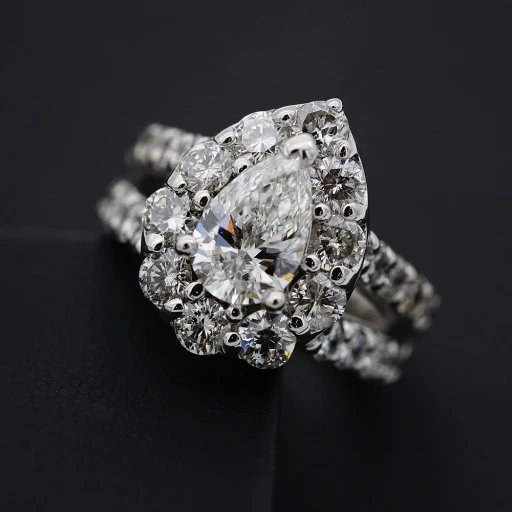

-large-teaser.webp)
